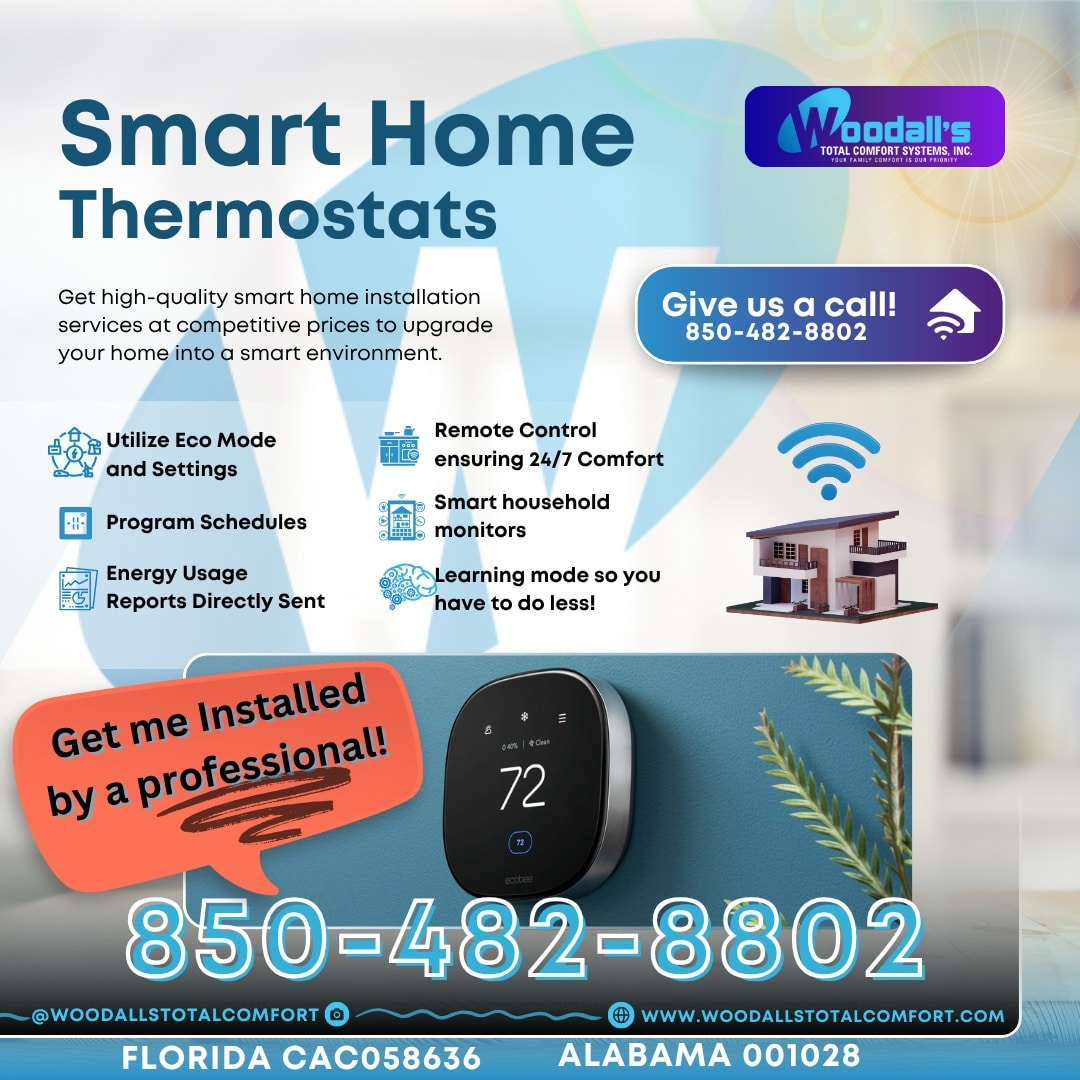Summer Survival: How to Keep Your Home Cool Without Breaking the Bank

When the Florida summer heat rolls in, your air conditioner becomes your best friend — and your energy bill’s worst enemy. But staying cool doesn’t have to cost a fortune. With a few smart strategies, you can keep your home comfortable and the power company at bay. With nearly 35 years of experience, these are simple steps to lower your energy consumption without making you uncomfortable at home. These tips and tricks don’t require you to replace your air conditioning system either.
Block the heat before it starts. Sunlight streaming through your windows looks and feels nice in the mornings, but as the day warms so does your home, fast. While closing blinds and curtains don’t allow us to take in some of the best views, the act of keeping them closed through the heat of the day will reduce energy usage substantially. In our area the biggest concerns are East, South, and West facing windows. If blinds and curtains aren’t your favorite, you may consider UV-blocking window films to keep the sun’s rays at bay. During peak hours (usually 10 am to 4 pm), keep shades and/or curtains drawn to drastically reduce the chance of indoor temps rising.

Turn on your ceiling fans. Ceiling fans and portable fans don’t lower the temperature, but they do make you feel cooler by moving air across your skin. This allows you to set your thermostat a few degrees higher without sacrificing comfort. Remember to turn fans off when you leave a room to save electricity. Also make sure your ceiling fans are moving air in the right direction. In the summer, your ceiling fan should spin counterclockwise. This creates a downdraft, pushing cooler air downwards and creating a cooling breeze.
Be smart with your thermostat. Setting your thermostat at 72° may feel nice but bumping it up to 76° or 78° when you are home (and even higher when you’re away) can lead to serious savings. A programmable thermostat is great for facilitating different temperature settings without having to remember to make those adjustments. Programmable thermostats typically offer programming options for multiple temperature settings per day. Smart thermostats allow a minimum of four scheduled functions per 24-hour period. For instance, when it’s time to leave for work the thermostat temperature setting is programmed to 78 degrees. At your planned time to return home your thermostat is programmed to 72 degrees making for a comfortable arrival home, while saving energy during the workday. Most Smart thermostats are intuitive and will learn to come on early to have the home comfortable when you arrive. A better solution is a Wi-Fi thermostat, these will allow you to change the thermostat settings while you are away from home. These can be controlled from an app. Some even use geo location to maximize comfort and energy savings. Want to save on your utility bills? Learn how smart thermostats can improve energy efficiency and reduce heating and cooling costs year-round.
Avoid heat-generating activities during the day. Try to cook, run the dishwasher, or do laundry in the evening. These appliances add extra heat to your home so that your air conditioner then must work harder to remove. Hot showers or baths can also introduce heat and moisture into the home, causing your air conditioning system to work harder and longer. Planning your cooking, cleaning, and other heat generating activities for the cooler part of the day can improve your energy usage and lower your utility bill.
Schedule a mid-summer air conditioning checkup. Even if your system is running, it might not be running efficiently. Dirty coils, low refrigerant, or clogged filters can force your air conditioner to work overtime. A quick tune-up ensures your system runs at peak efficiency, saving you money all summer long. See what’s included in our air conditioning maintenance service.